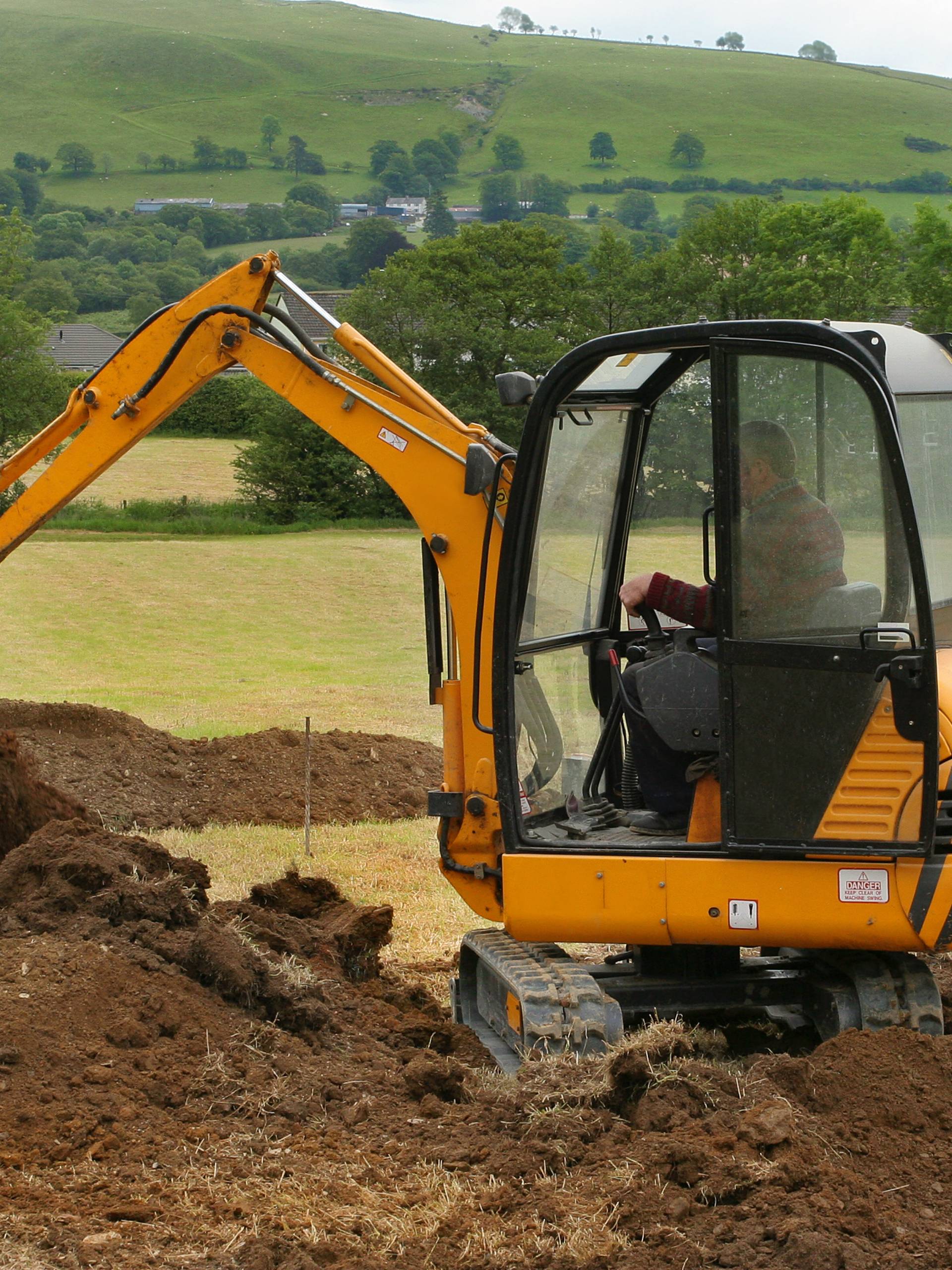When it comes to outdoor power equipment, whether you’re a large land owner, a farmer, or work in construction, you know these machines are an investment. Taking proper care of them helps prevent costly repairs and ensures they perform consistently over the years. Here’s how to extend the lifespan of your outdoor power equipment while maximizing its performance.
Perform Regular Maintenance
Your outdoor power equipment works hard, so give it the care it deserves. Start by checking and cleaning your tools regularly. Dirt and debris build up quickly, even after just a few uses, and can impact performance if left unattended.
Replace air filters, change the oil, and inspect spark plugs according to your equipment’s maintenance schedule provided by the manufacturer. Following maintenance tips for your outdoor power equipment is beneficial, as this keeps everything running smoothly and avoids unexpected breakdowns.
Store Equipment Properly
Proper storage is key to protecting your equipment when not in use. Moisture, rust, and extreme temperatures are your gear’s worst enemies. Always store your tools in a dry, sheltered location like a shed or garage. Investing in high-quality protective covers can also go a long way in shielding your equipment from weather damage.
It may not seem like a big deal at first, but long-term exposure to the elements can damage your machines. Simple steps like these can help prevent rust and wear from cutting their lifespan short.
Use the Right Fuel
Using the correct fuel type is an often overlooked but vital part of equipment care. Refer to the manufacturer’s guidelines for the specific type of fuel your equipment requires—whether it’s regular unleaded gas, a gas-oil mix, or something else entirely.
If your equipment runs on gasoline and you’re not using it for an extended period, adding a fuel stabilizer is smart. Stabilizers help keep fuel fresh and prevent it from breaking down, which can clog the engine and lead to poor performance.
Inspect for Damage
Take some time every few weeks to give your equipment a good once-over. Look for signs of wear, loose screws, or any small cracks or splits in the components. Catching the little stuff early can make it easier (and cheaper) to fix before it becomes a significant issue that sidelines your equipment.
This habit is especially valuable for older tools or those that are used frequently. Keep a wrench and screwdriver handy during inspections so you can tighten anything that seems loose on the spot.
Keep Blades and Moving Parts Sharpened or Lubricated
Sharpening and lubricating equipment like lawnmowers or chainsaws are essential for performance and longevity. A dull blade strains the motor, increasing the risk of failure, while proper lubrication reduces friction and wear.
Making this a simple routine before or after use can keep your gear running smoothly and extend its lifespan.
Keep Your Equipment Going Strong
Extending the lifespan of your outdoor power equipment doesn’t have to be complicated. By performing regular maintenance, storing your tools properly, using the correct fuel, inspecting for damage, and keeping blades and parts in check, you’ll extend the life of your equipment and ensure it works when you need it most.
Casey Cartwright
Latest posts by Casey Cartwright (see all)
- Modern Gear You Should Have for Your Next Camping Trip – May 9, 2025
- What To Know About Ground-Up Range Construction – May 9, 2025
- 5 Safe Places To Park Your Car for an Overnight Hunting Trip – May 8, 2025

Leave a Reply